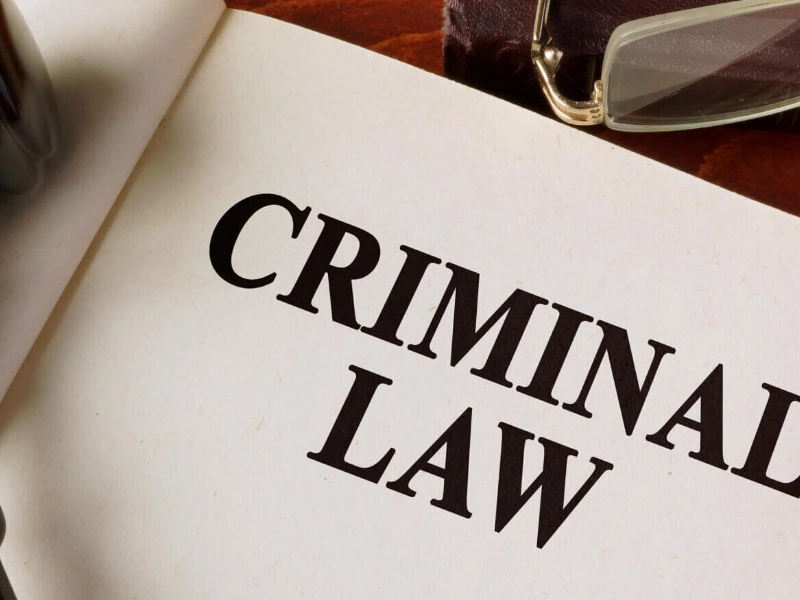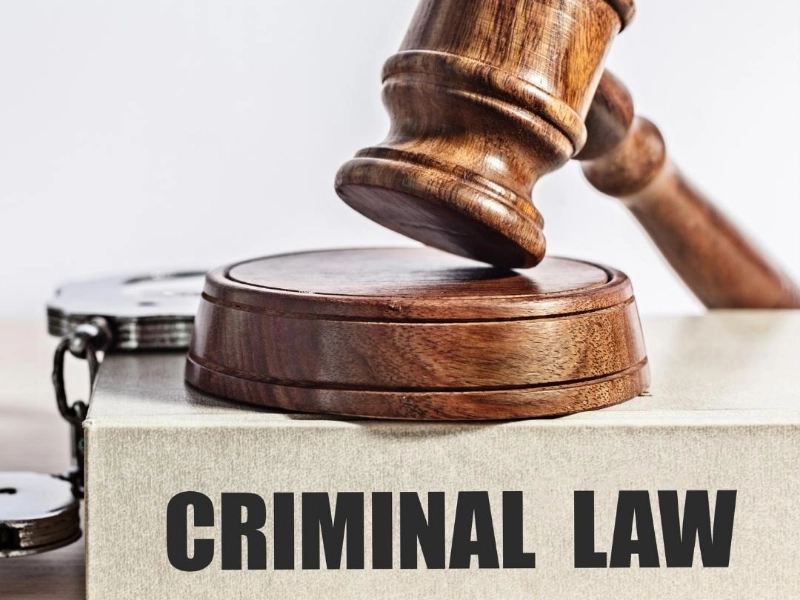The Value of Skilled Legal Writing for Attorneys
Composing is an essential ability for all legal practitioners. They must be precise and succinct in their job, whether they are writing a memo or a brief. Avoiding confusion, misunderstandings, and misinterpretations can be facilitated by working with clarity and precision. Experts in legal writing, including professors, writing coaches, and litigators, offer their ideas in this blog series.
1. Simple and direct wording

2. Keep your tone professional.
 For the purpose of presenting arguments, conclusions, and analyses to courts, clients, and coworkers, legal writing is an essential talent. In the long run, the ability to write succinctly and effectively can help save time and resources by reducing misunderstandings and needless litigation.
Writing legal documents effectively requires a professional tone. This entails speaking in an official, impartial manner, abstaining from personal anecdotes, and showing consideration for the listener. Additionally, it's critical to keep your writing succinct and on-topic.
Lastly, when writing documents, it's critical to consider the requirements and degree of interest of each audience. Depending on the unique requirements and conditions of each audience, this can necessitate utilizing a distinct tone or style. When legal or compliance specialists need to interact with several parties that have different levels of knowledge and comprehension about the subject, this can be particularly crucial. Letters to clients or memos between offices could fall into this category.
For the purpose of presenting arguments, conclusions, and analyses to courts, clients, and coworkers, legal writing is an essential talent. In the long run, the ability to write succinctly and effectively can help save time and resources by reducing misunderstandings and needless litigation.
Writing legal documents effectively requires a professional tone. This entails speaking in an official, impartial manner, abstaining from personal anecdotes, and showing consideration for the listener. Additionally, it's critical to keep your writing succinct and on-topic.
Lastly, when writing documents, it's critical to consider the requirements and degree of interest of each audience. Depending on the unique requirements and conditions of each audience, this can necessitate utilizing a distinct tone or style. When legal or compliance specialists need to interact with several parties that have different levels of knowledge and comprehension about the subject, this can be particularly crucial. Letters to clients or memos between offices could fall into this category.
3. Steer clear of excessive legalese.
 A lot of legal documents contain needless and ineffective jargon. An otherwise strong argument can be masked by the use of dated transitions, overly formal language, and phrases like "in so far as," "in addition to," or "to that extent." Legalese makes a text more complex and confuses readers.
Analyzing a particular legal issue succinctly and clearly is necessary for legal documents. Every document, whether it's a note to coworkers or a letter to a client, needs to be customized to the demands and expertise level of the intended audience.
When crafting a document, lawyers must keep their audience and objective in mind, as any ambiguity can have dire repercussions. Lawyers need to utilize persuasive techniques to convey their findings and get the audience to agree with them, not turn off consumers with legalese. This could entail the use of convincing examples, logical comparisons, and persuasive rhetorical devices. To further assist in the explanation of difficult words and concepts, visual aids may also be used.
A lot of legal documents contain needless and ineffective jargon. An otherwise strong argument can be masked by the use of dated transitions, overly formal language, and phrases like "in so far as," "in addition to," or "to that extent." Legalese makes a text more complex and confuses readers.
Analyzing a particular legal issue succinctly and clearly is necessary for legal documents. Every document, whether it's a note to coworkers or a letter to a client, needs to be customized to the demands and expertise level of the intended audience.
When crafting a document, lawyers must keep their audience and objective in mind, as any ambiguity can have dire repercussions. Lawyers need to utilize persuasive techniques to convey their findings and get the audience to agree with them, not turn off consumers with legalese. This could entail the use of convincing examples, logical comparisons, and persuasive rhetorical devices. To further assist in the explanation of difficult words and concepts, visual aids may also be used.
4. Make use of tables.
 Legal documents can contain intricate intricacies that require close attention to detail. These documents include important information that could affect court cases, contracts, and agreements if there is any ambiguity or uncertainty. For this reason, in order to facilitate efficient communication, lawyers must write documents that are precise, succinct, and organized.
A useful method for presenting complicated legal information in a way that is easy for readers to understand is a tabulated list. These structured formats increase reading comprehension and retention rates by breaking down complex details into well-organized chunks. These lists can also assist legal practitioners in organizing information presentations while preserving thorough coverage of the subject at hand.
For a professional look, double-space the elements in a tabulated list and adhere to a uniform formatting style when utilizing it in a legal document. To properly credit the source of the material in your publication, make sure to add a citation in your table of contents or footnotes. This will increase the legitimacy of your legal writing and give your arguments more weight.
Legal documents can contain intricate intricacies that require close attention to detail. These documents include important information that could affect court cases, contracts, and agreements if there is any ambiguity or uncertainty. For this reason, in order to facilitate efficient communication, lawyers must write documents that are precise, succinct, and organized.
A useful method for presenting complicated legal information in a way that is easy for readers to understand is a tabulated list. These structured formats increase reading comprehension and retention rates by breaking down complex details into well-organized chunks. These lists can also assist legal practitioners in organizing information presentations while preserving thorough coverage of the subject at hand.
For a professional look, double-space the elements in a tabulated list and adhere to a uniform formatting style when utilizing it in a legal document. To properly credit the source of the material in your publication, make sure to add a citation in your table of contents or footnotes. This will increase the legitimacy of your legal writing and give your arguments more weight.
